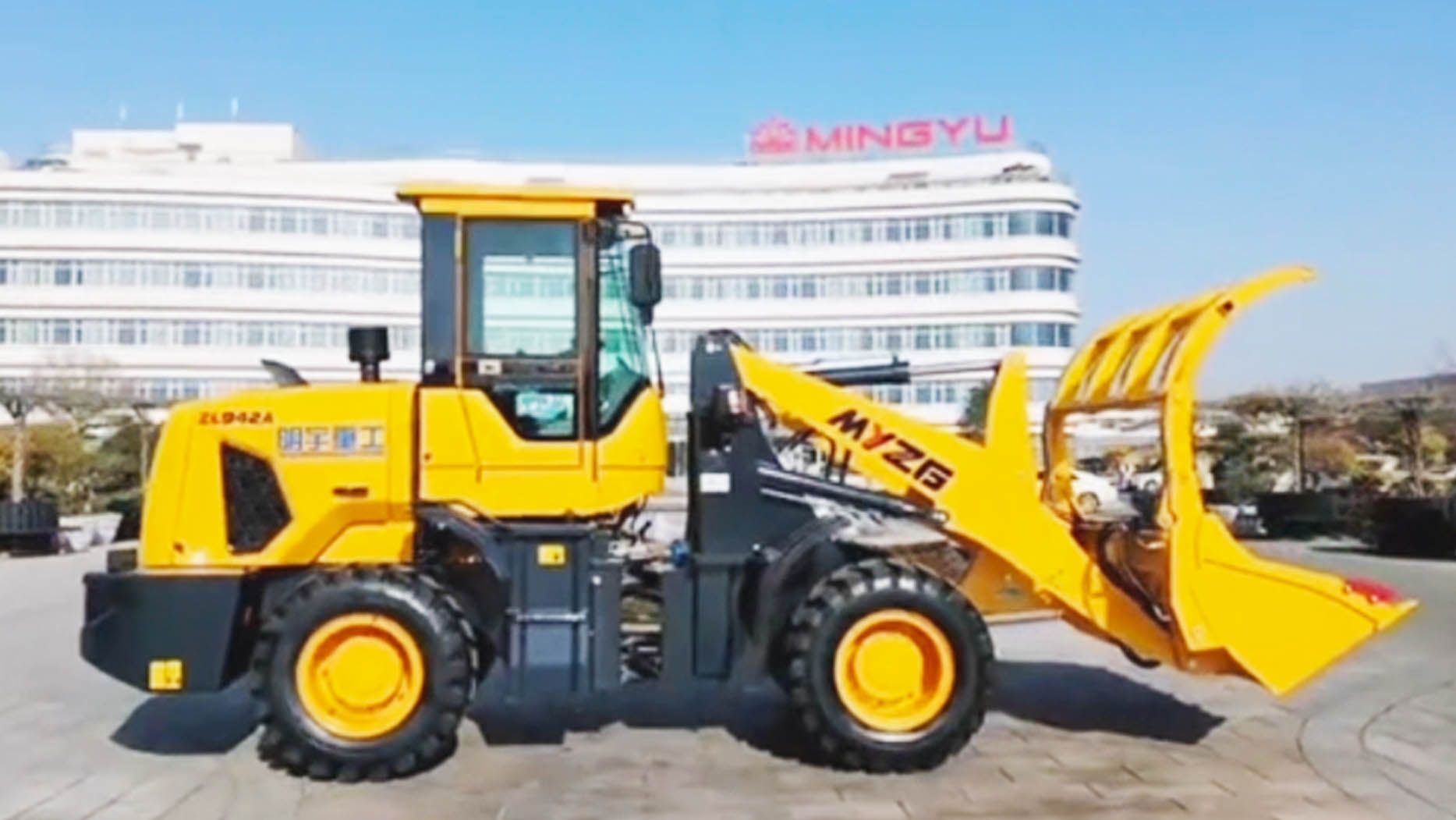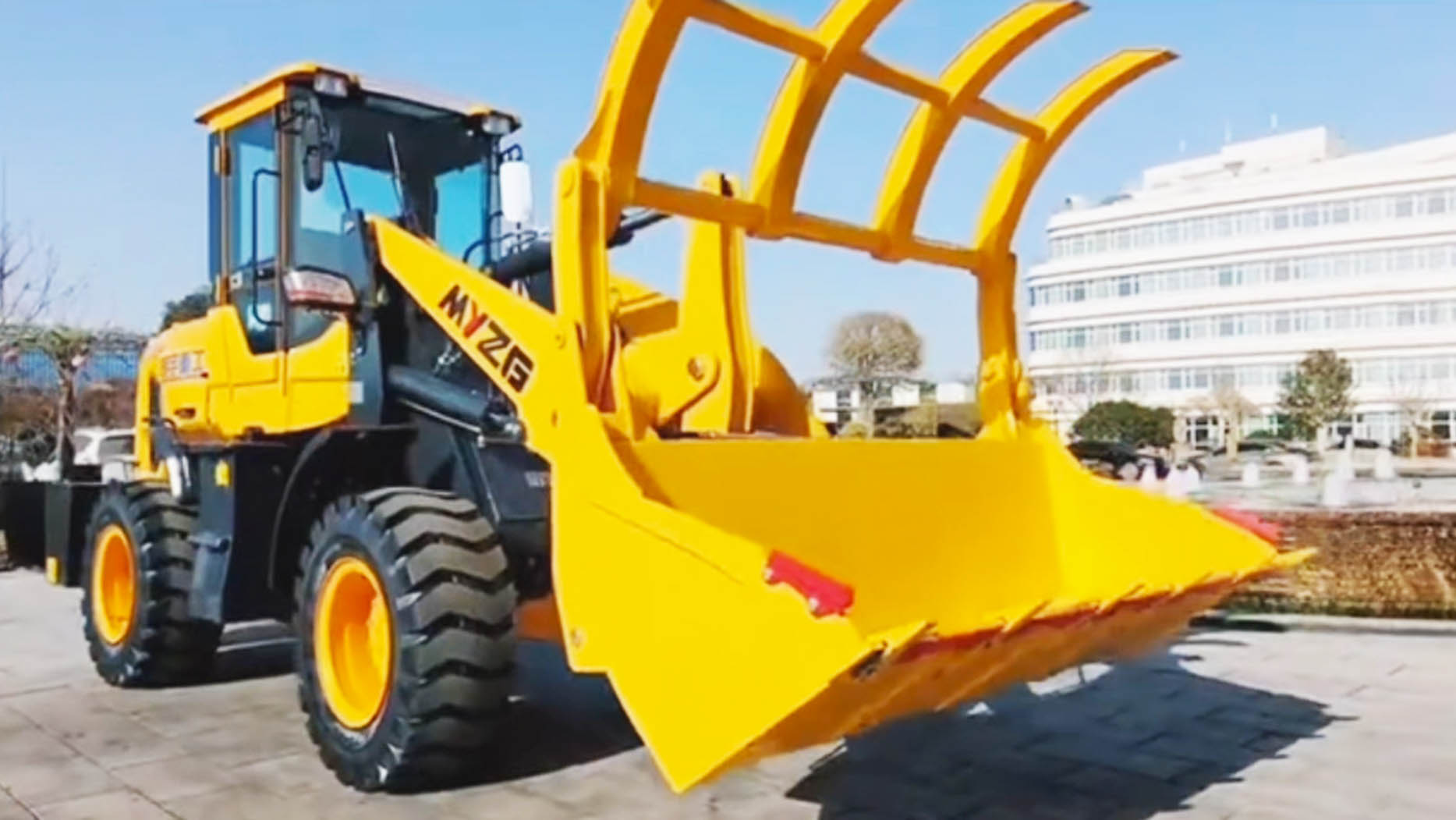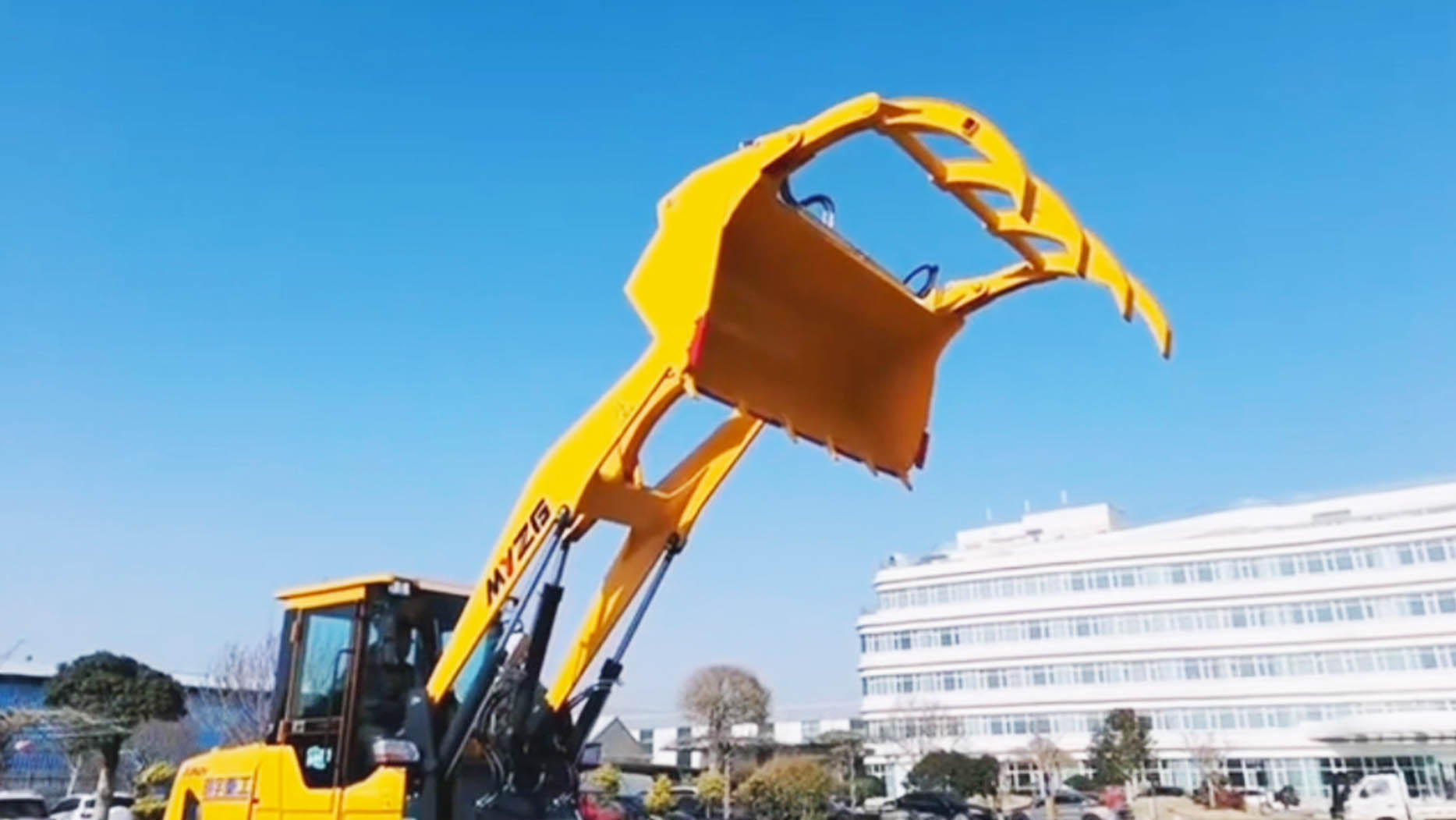Wheel loaders, those powerful and versatile machines, are indispensable across a multitude of industries, from construction and mining to agriculture and waste management. Their ability to efficiently move and load materials makes them a staple on job sites worldwide. However, within this category, certain models and manufacturers stand out, achieving remarkable popularity. This article delves into the factors that contribute to the popularity of specific wheel loaders, examining leading brands and models, and exploring the technical aspects that drive their success.
I. Defining Popularity in the Wheel Loader Market:
"Popular" in the context of wheel loaders isn't solely about sales volume. It also encompasses factors like:
Reliability and Durability: Machines that consistently perform under demanding conditions earn trust and repeat business.
Performance and Efficiency: Powerful engines, efficient hydraulic systems, and optimized designs contribute to productivity and reduced operating costs.
Operator Comfort and Safety: Ergonomic cabs, intuitive controls, and advanced safety features enhance operator productivity and minimize risks.
Technological Advancements: Integration of telematics, automation, and other technologies improves machine management and efficiency.
Dealer Network and Support: A strong dealer network ensures readily available parts, service, and technical support.
Resale Value: Machines with a strong reputation for reliability and performance tend to retain their value over time.
II. Leading Manufacturers and Their Popular Models:
Several manufacturers have consistently produced highly regarded wheel loaders, contributing significantly to the market's landscape.
Caterpillar (CAT):
Caterpillar is a global leader in construction and mining equipment, and their wheel loaders are renowned for their durability, performance, and advanced technology.
The CAT 950 series and CAT 966 series are particularly popular, known for their versatility and reliability in various applications.
CAT's focus on technological integration, including telematics and advanced control systems, contributes to their machines' popularity.
Komatsu:
Komatsu is another major player in the heavy equipment industry, offering a wide range of wheel loaders known for their fuel efficiency and productivity.
The Komatsu WA series, such as the WA470 and WA500, are widely used in construction and mining.
Komatsu's emphasis on quality and reliability, combined with their strong dealer network, has earned them a loyal customer base.
Volvo Construction Equipment:
Volvo CE is recognized for its innovative designs and focus on operator comfort and safety.
The Volvo L series of wheel loaders, including the L150 and L180, are known for their fuel efficiency, productivity, and comfortable cabs.
Volvo's focus on sustainability and advanced technology, such as their OptiShift transmission, contributes to their machines' popularity.
John Deere:
John Deere is a well established name in the agricultural and construction industries.
Their wheel loaders are known for their reliability and ease of use.
The John Deere K and P tier series are very popular.
Hyundai Construction Equipment:
Hyundai has been increasing its market share in the wheel loader sector.
Their HL series wheel loaders are known for their competitive pricing and reliable performance.
They are gaining popularity due to their modern designs and technological integration.
III. Technical Factors Driving Popularity:
Several technical factors contribute to the popularity of specific wheel loader models.
Engine Performance:
Powerful and fuel-efficient engines are essential for maximizing productivity and minimizing operating costs.
Modern engines incorporate advanced technologies, such as electronic fuel injection and turbocharging, to optimize performance and reduce emissions.
Hydraulic System Efficiency:
Efficient hydraulic systems provide precise control and maximize lifting and loading capacity.
Load-sensing hydraulic systems optimize power distribution, reducing fuel consumption and improving performance.
Transmission Technology:
Advanced transmissions, such as powershift and hydrostatic transmissions, provide smooth and efficient power transfer.
Features like lock-up torque converters and automatic gear shifting enhance fuel efficiency and productivity.
Operator Comfort and Ergonomics:
Comfortable and ergonomic cabs reduce operator fatigue and improve productivity.
Features like adjustable seats, climate control, and intuitive controls enhance operator comfort.
Technological Integration:
Telematics systems provide real-time data on machine performance, location, and maintenance needs.
Grade control systems and other automation features enhance accuracy and efficiency.
On board weighing systems help to maximize loads, and prevent overloading.
Bucket and Attachment Versatility:
A wide range of buckets and attachments allows wheel loaders to perform various tasks.
Quick coupler systems enable fast and easy attachment changes.
Structural Integrity and Durability:
Strong frames and robust components ensure that wheel loaders can withstand the rigors of heavy-duty applications.
Reinforced booms and arms enhance lifting capacity and durability.
IV. Regional Variations in Popularity:
The popularity of specific wheel loader models can vary depending on regional factors:
North America: Caterpillar and John Deere are particularly popular, driven by their strong dealer networks and established reputations.
Europe: Volvo CE and Komatsu have a strong presence, reflecting their focus on fuel efficiency and environmental sustainability.
Asia: Komatsu and Hyundai are gaining market share, driven by their competitive pricing and reliable performance.
Emerging Markets: Manufacturers that offer affordable and reliable machines with robust support networks tend to be popular in emerging markets.
V. The Future of Wheel Loader Popularity:
The future of wheel loader popularity will likely be shaped by several key trends:
Electrification: The shift towards electric vehicles will impact wheel loader design, with manufacturers developing electric and hybrid models.
Automation: Increased automation, including remote operation and autonomous functionality, will enhance efficiency and safety.
Connectivity: Advanced telematics and data analytics will provide valuable insights into machine performance and maintenance needs.
Sustainability: Manufacturers will continue to focus on reducing emissions and improving fuel efficiency.
Improved safety features: Proximity detection, and automated braking will become more common place.
In conclusion, the popularity of wheel loaders is driven by a combination of factors, including reliability, performance, operator comfort, and technological advancements. Leading manufacturers like Caterpillar, Komatsu, Volvo CE, and John Deere have earned their reputations by consistently producing high-quality machines that meet the needs of diverse industries. As technology continues to evolve, the future of wheel loader popularity will be shaped by innovation, sustainability, and a focus on customer satisfaction.
Post time:Feb.21.2025



